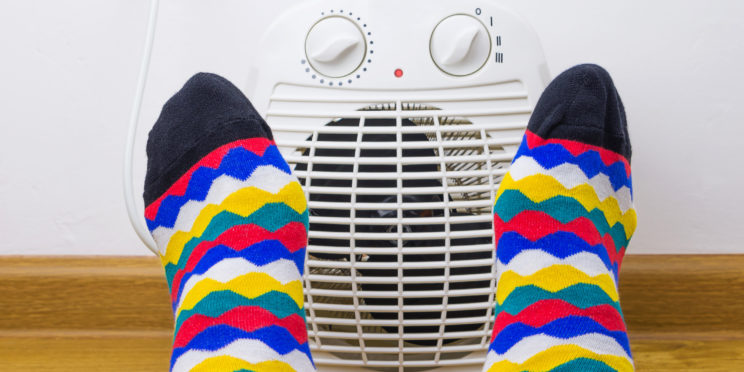It’s no surprise that winter months bring increased potential for fire risks and electrical safety hazards. This makes sense because during the coldest months, consumers are using additional electrical devices and appliances, like space heaters, electric blankets and portable generators.
The National Fire Protection Association estimates that 47,700 home fires occur each year in the U.S. due to electrical failure or malfunction. These fires result in 418 deaths, 1,570 injuries and $1.4 billion in property damage annually. This winter, safeguard your loved ones and your home with these electrical safety tips from the Electrical Safety Foundation International.
- Don’t overload outlets. Overloaded outlets are a major cause of residential fires. Avoid using extension cords or multi-outlet converters for appliance connections––they should be plugged directly into a wall outlet. If you’re relying heavily on extension cords in general, you may need additional outlets to address your needs. Contact a qualified electrician to inspect your home and add new outlets.
- Never leave space heaters unattended. If you’re using a space heater, turn if off before leaving the room. Make sure heaters are placed at least three feet away from flammable items. It should also be noted that space heaters take a toll on your energy bills. If you’re using them throughout your home, it may be time to upgrade your home heating system.
- Inspect heating pads and electric blankets. These items cause nearly 500 fires every year. Electric blankets that are more than 10 years old create additional risks for a fire hazard. Inspect your electric blankets and heating pads – look for dark, charred or frayed spots, and make sure the electrical cord is not damaged. Do not place any items on top of a heating pad or electric blanket, and never fold them when in use.
- Use portable generators safely. Unfortunately, winter storms can cause prolonged power outages, which means many consumers will use portable generators to power their homes. Never connect a standby generator into your home’s electrical system. For portable generators, plug appliances directly into the outlet provided on the generator. Start the generator first, before you plug in appliances. Run it in a well-ventilated area outside your home. The carbon monoxide it generates is deadly, so keep it away from your garage, doors, windows and vents.
Additional safety resources: singingriver.com/electric-safety and beawareeverywhere.com
Abby Berry writes on consumer and cooperative affairs for the National Rural Electric Cooperative Association, the national trade association representing more than 900 local electric cooperatives. From growing suburbs to remote farming communities, electric co-ops serve as engines of economic development for 42 million Americans across 56 percent of the nation’s landscape.


